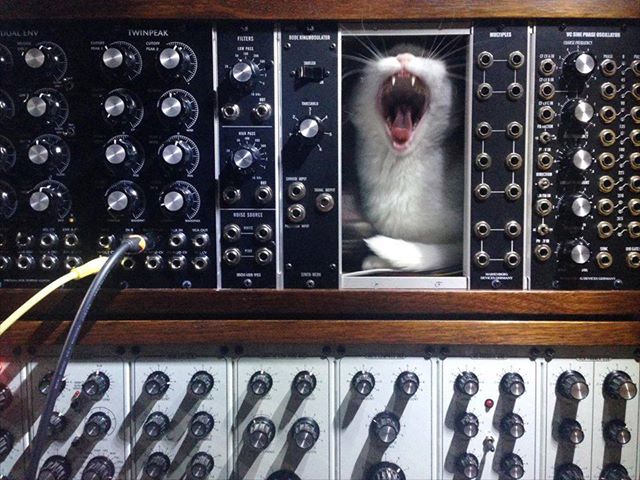
The 5U modular system comes with its own singing cat module. We at CatSynth would love to get a hold of this. We also see a Twinpeaks filter (Epoch Modular / Rob Hordijk) in the upper rack.
Submitted by Davor Gazde via our Facebook page.


The 5U modular system comes with its own singing cat module. We at CatSynth would love to get a hold of this. We also see a Twinpeaks filter (Epoch Modular / Rob Hordijk) in the upper rack.
Submitted by Davor Gazde via our Facebook page.

Juno is back again this week; he clearly loves this blue Serge clone module. There are also quite a few other interesting modules in his collection, clearly a cat with good taste!
From Markus Welt via our Facebook page.
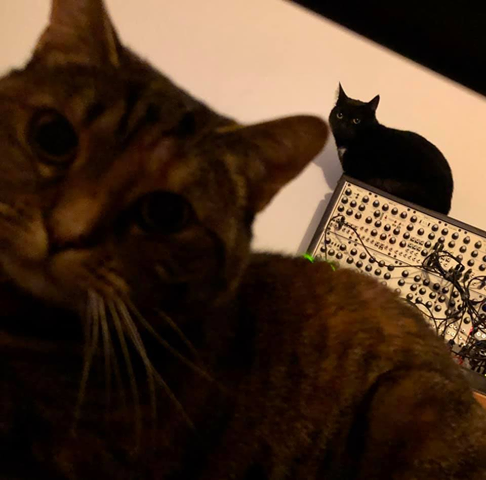
A classic composition featuring two cats. We particularly love the black cat Juno lurking the background atop the modular.
Submitted by Markus Welt via our Facebook page.
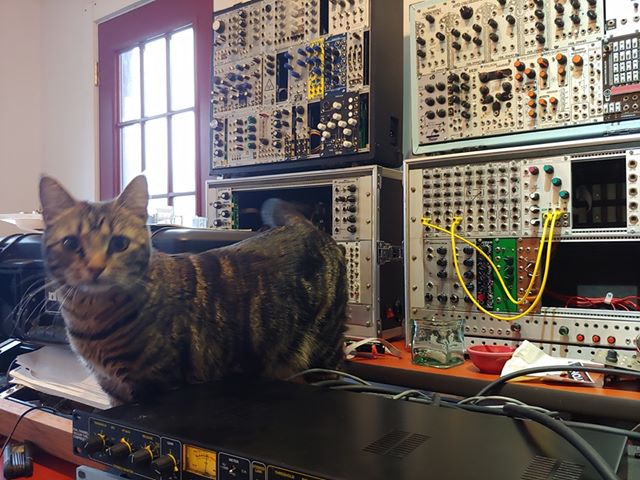
Coco sits in front of a rather large Eurorack modular system. Submitted by Daniel Warner via our Facebook page.
Identification of individual modules and brands left as an exercise to the reader.
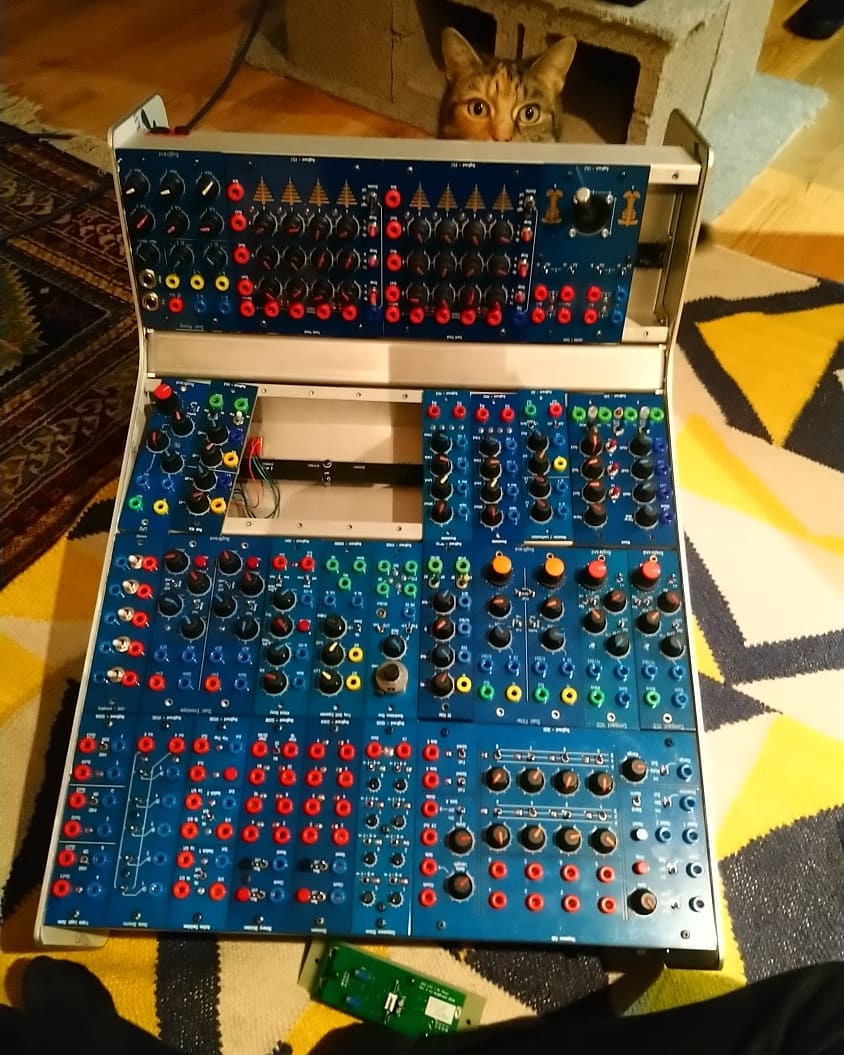
This cat is helping to assemble an impressive Bugbrand modular system. From chrislemonde via Instagram, where you can see some more pictures.
Had a little help putting the system back together 😸
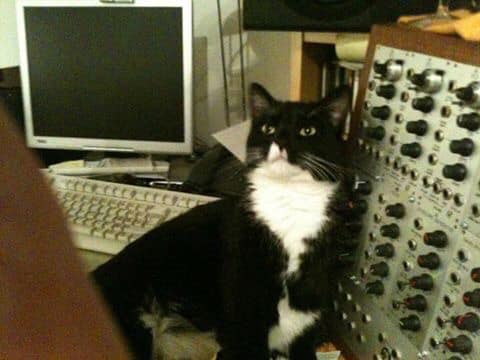
We wrap up our week of Milo and Jet with this picture of Jet leaning against a modular synth. This is a pose worthy of Big Merp 😸
Thanks to Keith Winstanley for all the pics. We will feature Milo and Jet in the regular rotation going forward. If your cat has posed with synthesizers or any other musical instruments, please let us know in the comments, via Facebook, or Twitter @catsynth.

George sits atop a modular system. From Cat Full of Ghost Electronics via their facebook page.
Looking to the future, sitting on the past.
Identification of the “past” modules left as an exercise to the reader.
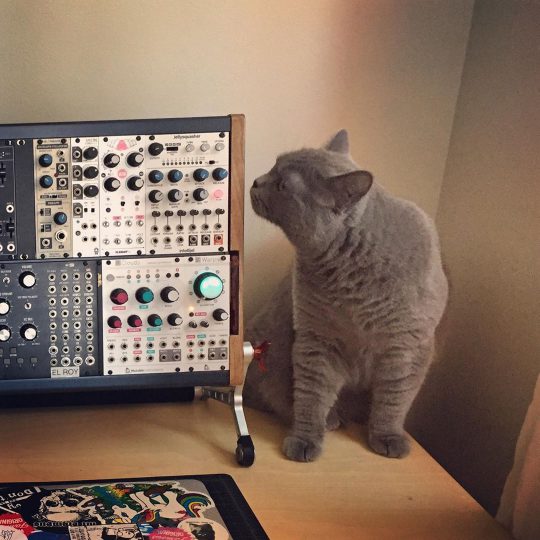
Zelda the Gray returns with a modular system featuring Mutable Instruments, Intellijel, Sputnik Modular, and more. From zeldagraymurphybrown on Instagram.